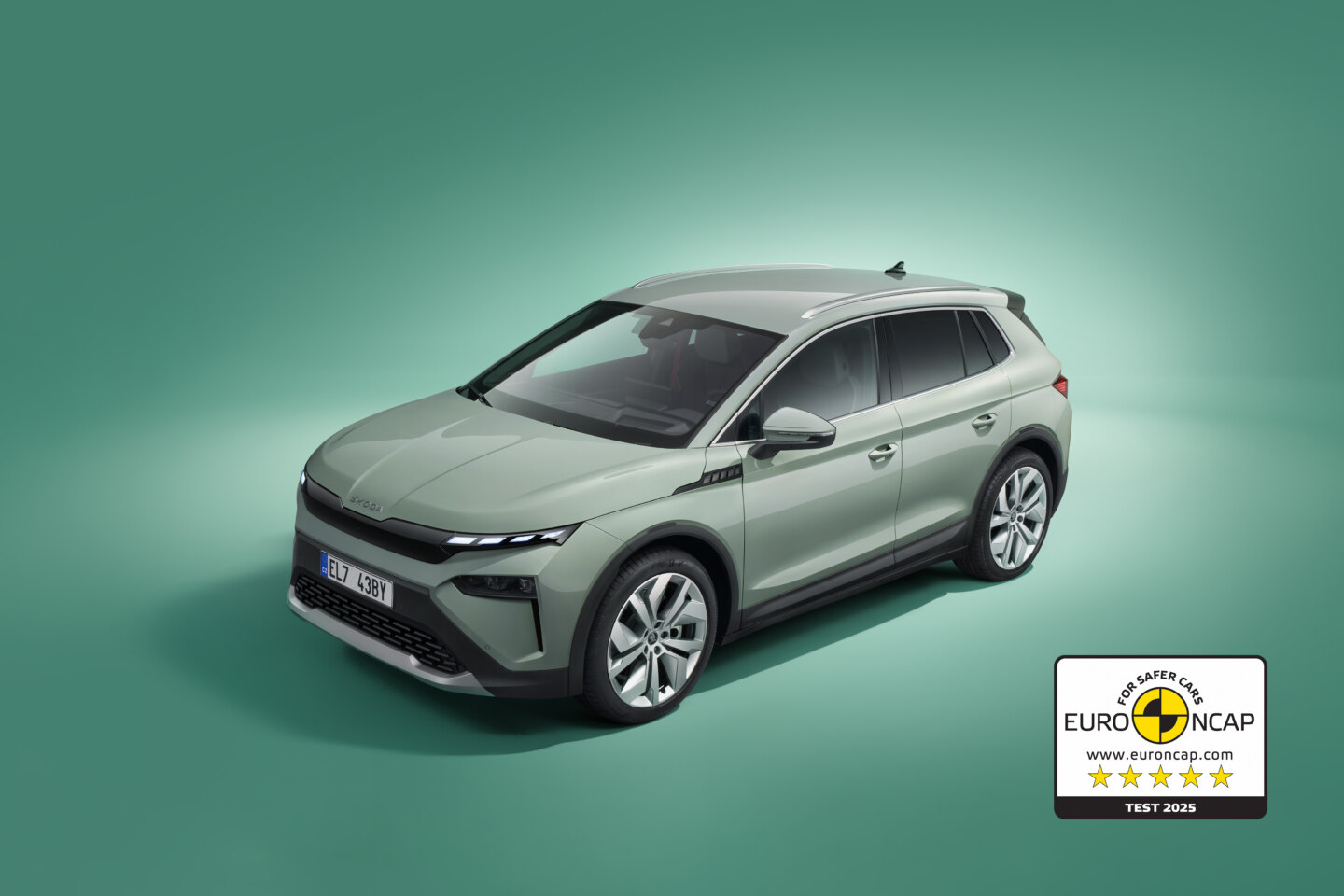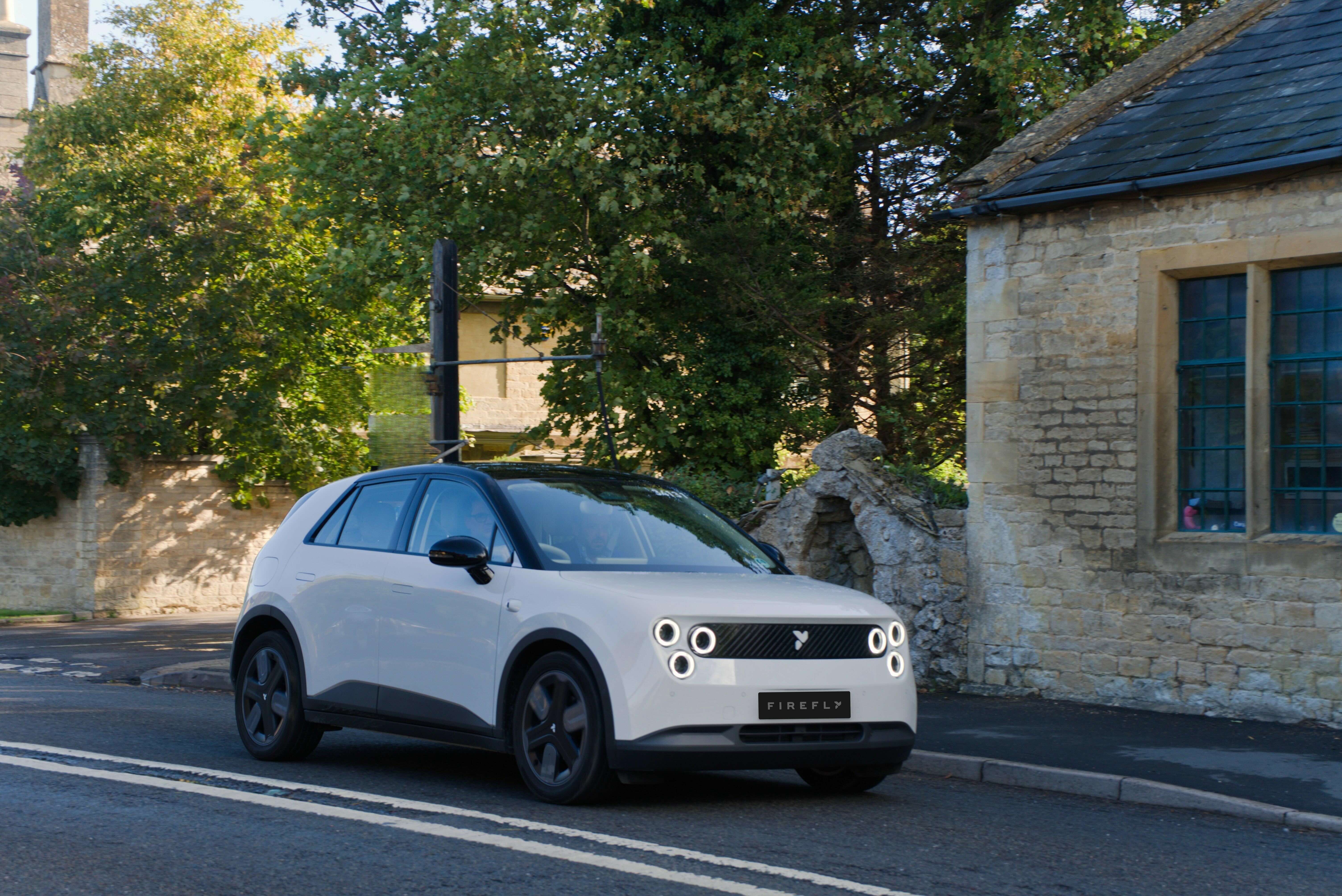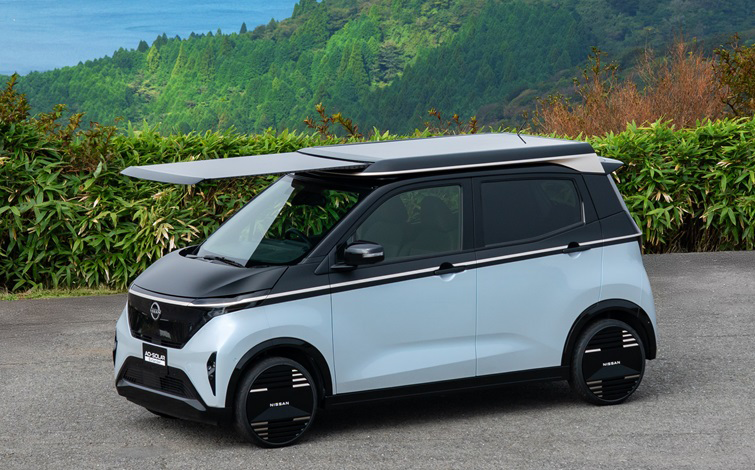The Changan Benben E-Star is now available in a new low-cost version called National Edition with a starting price of 29.800 yuan (3.792 euros). Yes, you seen it right, it costs less than 4.000 euros and makes the popular Wuling Hong Guang MINI EV look overpriced…
The biggest downside of this low-cost edition is that it’s based on the old model, the exterior and interior don’t look as modern as the refreshed edition, as you can see in the image below.
Let’s see the main differences between the National Edition and the refresh.
Changan Benben E-Star National Edition (Heartbeat trim-level)
- Length: 3.730 mm
- Wheelbase: 2.410 mm
- Width: 1.650 mm
- Height: 1.560 mm
- Curb weight: 1.125 kg
- Tire specifications: 175/60 R15
- Wheels: steel
- Number of seats: 5
- Trunk volume: 147 L
- Motor: 30 kW and 150 N.m of torque (air cooled)
- Maximum speed: 101 km/h
- DC fast charging: not available
- On-board charging: 5,5 hours
- Range: 150 km (NEDC) and around 110 km in WLTP
- Battery capacity: 23,38 kWh (LFP chemistry)
- Starting price: 29.800 yuan (3.792 euros)
Changan Benben E-Star National Edition (Xinyue trim-level)
- Length: 3.730 mm
- Wheelbase: 2.410 mm
- Width: 1.650 mm
- Height: 1.560 mm
- Curb weight: 1.150 kg
- Tire specifications: 175/60 R15
- Wheels: steel
- Number of seats: 5
- Trunk volume: 147 L
- Motor: 55 kW and 170 N.m of torque (liquid cooled)
- Maximum speed: 125 km/h
- DC fast charging: optional
- On-board charging: 8,35 hours
- Range: 301 km (NEDC) and around 220 km in WLTP
- Battery capacity: 32,2 kWh (NCM chemistry) and 31,18 kWh (LFP chemistry)
- Starting price: 39.800 yuan (5.064 euros)
Changan Benben E-Star refreshed edition
- Length: 3.770 mm
- Wheelbase: 2.410 mm
- Width: 1.650 mm
- Height: 1.570 mm
- Curb weight: 1.180 kg
- Tire specifications: 175/60 R15
- Wheels: aluminum alloy
- Number of seats: 5
- Motor: 55 kW and 170 N.m of torque (liquid cooled)
- Maximum speed: 125 km/h
- DC fast charging: 30 minutes (30-80 %)
- On-board charging: 8,35 hours
- Range: 310 km (NEDC) and around 220 km in WLTP
- Battery capacity: 32,2 kWh (NCM chemistry)
- Starting price: 69.800 yuan (8.882 euros)
The National Edition shows us how cheap electric cars can be and seems to be a good alternative to the Wuling Hong Guang MINI EV. The name of this edition suggests that it’s only made for the domestic market. Moreover, it’s as unsafe as most regular heavy quadricycles, since it doesn’t even have airbags…
While more expensive, the refreshed edition seems like a proper A-segment electric car that could be exported to Europe, unfortunately it isn’t available with cobalt-free batteries yet.
Anyway, I think that the Changan Benben E-Star refreshed edition looks great, but the Leapmotor T03 offers much better value for money. It has more range (403 km in NEDC) and optional safety features rare in the A-segment, such as ACC (Adaptive Cruise Control), LKA (Lane Keep Assist) and AEB (Automatic Emergency Braking). Another good alternative is the JAC Sihao E10X.
More info:
https://www.changan.com.cn/car/benben-E-Star/
https://tekdeeps.com/changan-benben-e-star-national-edition-simplified-for-price-drive/

